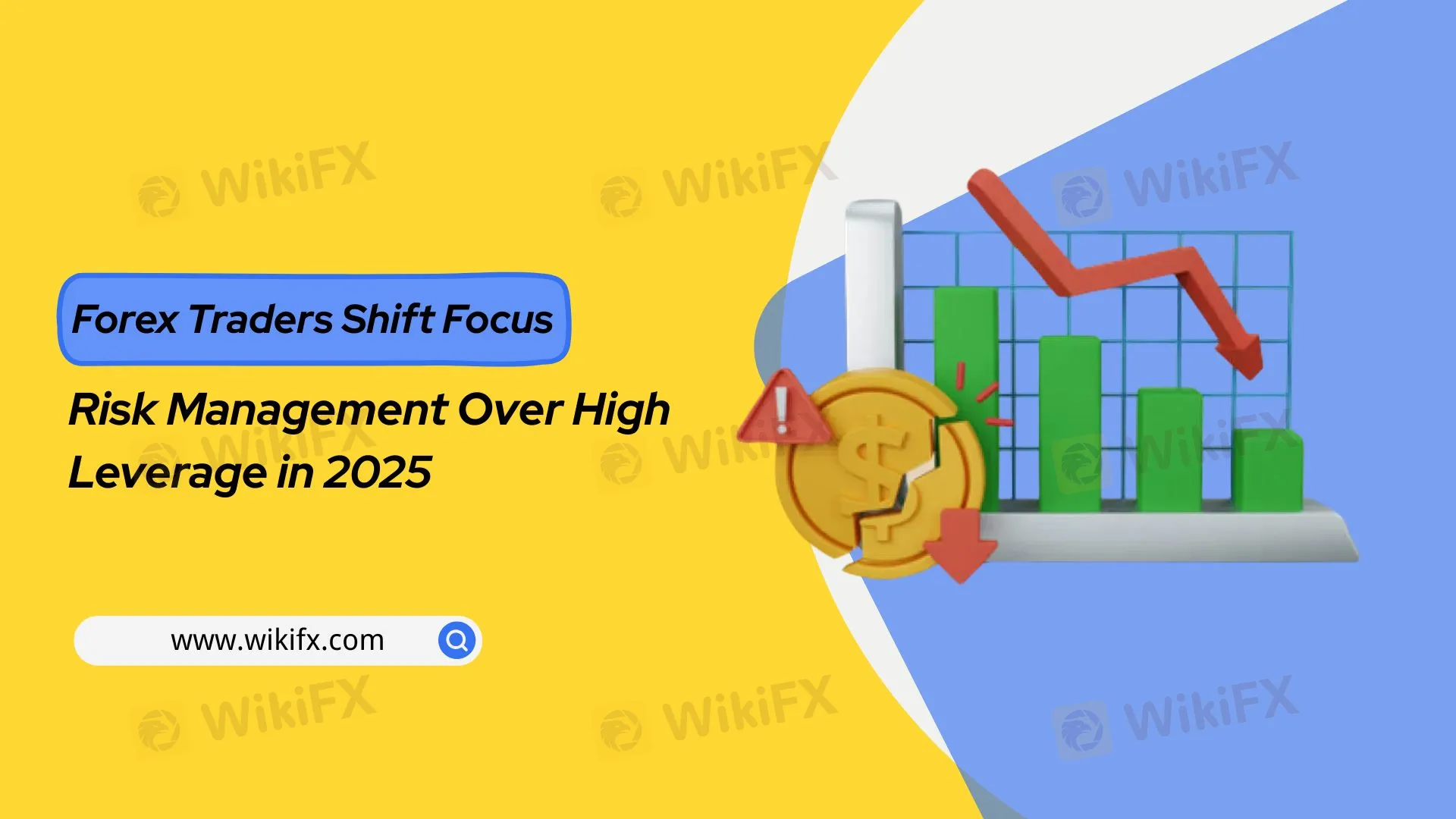Forex Traders Shift Focus: Risk Management Over High Leverage in 2025
Abstract:Traders are stepping back from ultra-high leverage in 2025, turning toward measured positions and capital preservation.

For much of the past decade, high leverage has been the hallmark of retail forex trading. Ratios as high as 1:500 were widely used, promoted by brokers as a tool to amplify profits on small capital. However, 2025 is revealing a clear change in sentiment: survival and sustainability are overtaking the pursuit of rapid gains.
Shifting Tides in Retail Trading
Following a period of central bank tightening and heightened geopolitical instability, volatility in currency markets has increased noticeably. Sharp moves in major pairs have exposed the vulnerability of overleveraged positions. In response, traders are increasingly reducing their exposure, cutting down lot sizes and relying more on risk management tools than on leverage.
Platforms like X, Discord, and Telegram have seen a surge in educational content from seasoned traders advocating for tighter stop-losses and lower-risk positions. Unlike previous years, this new wave of traders is not afraid to take it slow — they value staying in the game over chasing outsized returns.
Brokers Recalibrate to the New Reality
Regulators have played their part. Inspired by the European Securities and Markets Authority (ESMA), more regions are adopting stricter leverage caps—often limiting retail accounts to 1:30 or lower. While offshore brokers continue offering high leverage, those deals now come with reputational and legal risks.
In parallel, brokers are shifting how they onboard and educate clients. Many now default to conservative leverage settings, and some have integrated pre-trade risk summaries—clearly showing margin usage and liquidation levels before a trade is confirmed.
Survival Over Speed
The trend is not about fear—its about discipline. In an environment marked by surprise rate moves and unpredictable news cycles, traders who respect capital preservation stand a better chance at longevity.
Newer traders are also increasingly adopting tools like risk calculators and volatility trackers. Daily risk caps of 1–2% per trade are becoming standard. Lot sizes are scaled based on market events. These changes reflect a shift from speculative behavior toward structured, rule-based strategies.
Conclusion
2025's forex landscape is reshaping around a core principle: measured risk-taking. While leverage remains a powerful tool, its indiscriminate use is increasingly seen as a liability, not an advantage. The traders most likely to succeed this year are not those chasing big wins—but those who manage small losses and compound consistency.
Read more

Want to know how to invest in gold? Check this out.
Gold prices have surged to unprecedented levels in early 2025, reflecting heightened investor demand for safe-haven assets.

USD/JPY Struggles Ahead of BoJ Decision Amid Easing Trade Tensions and Mixed Data
Yen pressured by weak Japanese data and improved risk sentiment; BoJ expected to hold rates steady.

Broker Comparsion: FXTM vs AvaTrade
FXTM and AvaTrade are two well-established online brokers offering forex and CFD trading across global markets. Both enjoy strong reputations and high ratings on WikiFX—FXTM holds an AAA overall rating, while AvaTrade scores 9.49/10, indicating they’re regarded as reliable choices by the community. However, since brokers have great reputation in the industry, how do we know which one is more suitable for individuals to invest in? Today's article is about the comparison between FXTM and AvaTrade.

Shocking Move: Yen Breaks Past 140 Barrier!
The yen's breakout above the 140 mark has caught global attention, and the reasons behind it are more than technical.
WikiFX Broker
Latest News
Pi Network: Scam Allegations Spark Heated Debate
Broker Comparsion: FXTM vs AvaTrade
Broker’s Promise Turns to Loss – Funds Disappear, No Compensation!
FCA Warns Public About 7 Unauthorised Financial Firms
Webull Canada Launches Options Trading and Advanced Tools
Account Deleted, Funds Gone: A New Broker Tactic to Beware Of?
FCA Introduces PASS and AI Testing to Support Financial Innovation
OANDA Expands ETF Offerings in EU for Portfolio Diversification
FTX Launches Legal Action to Reclaim Tokens from NFT Star and Delysium
Forex Traders Shift Focus: Risk Management Over High Leverage in 2025
Rate Calc
